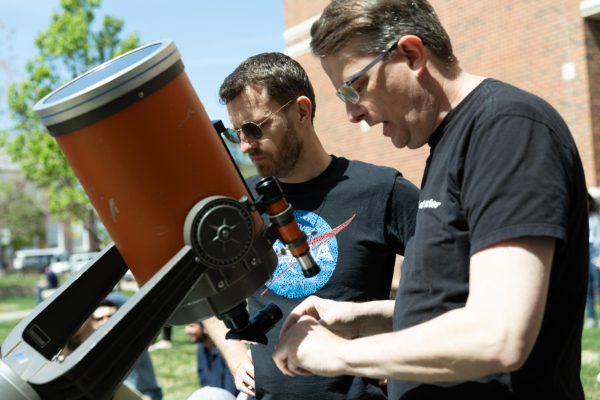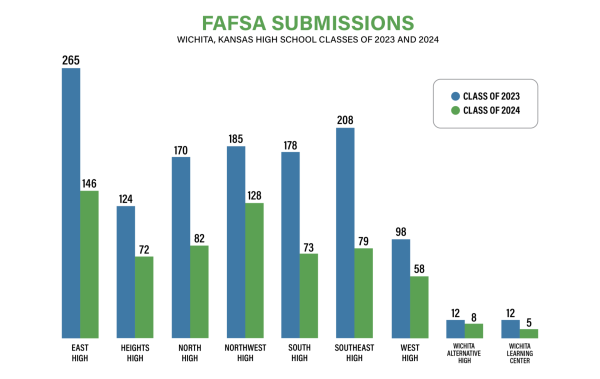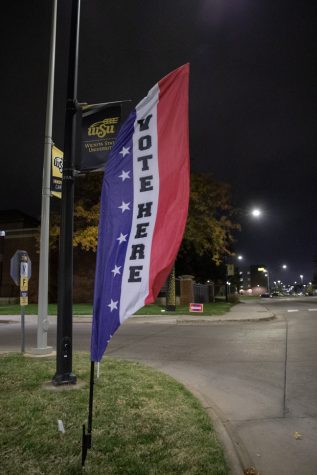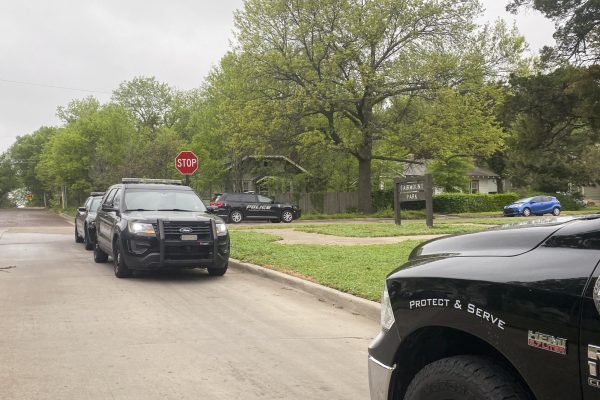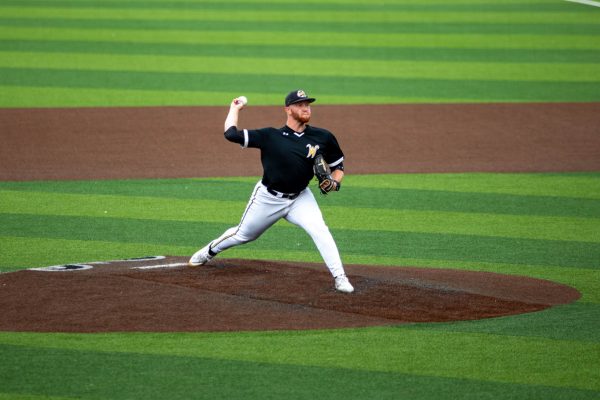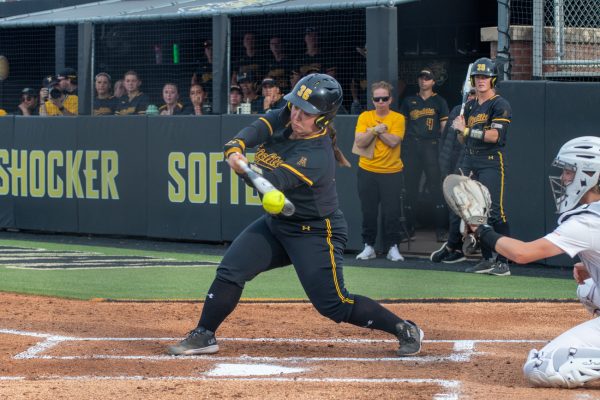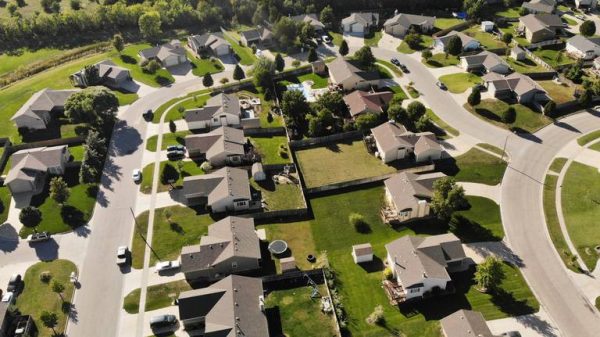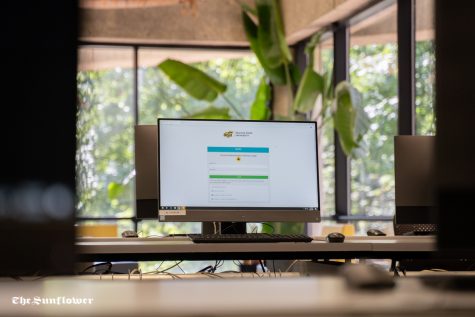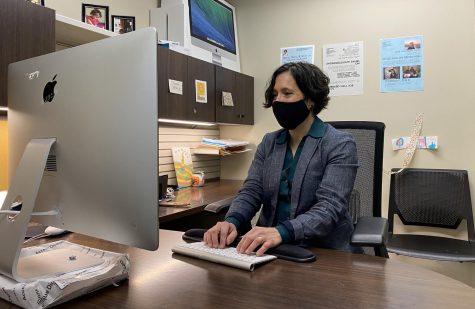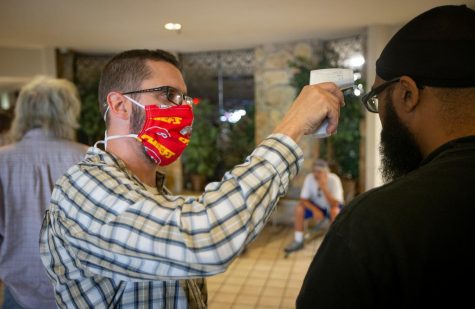Survey measures Fairmount neighborhood’s response to Innovation Campus
Ninety-four percent of surveyed Fairmount neighborhood residents say the changes taking place at Wichita State are making their neighborhood a better place to live in — but leaders say gentrification, or displacement of low-income residents caused by rising property values, is an anticipated side effect of investing in the community.
The Fairmount Citizen Survey, which was conducted over the last year, was designed to gauge residents’ perceptions of their neighborhood and household needs. Nearly 400 residents participated.
“Depending on how you define it, there will be some gentrification, meaning new commercial, maybe even multi-family buildings that do some displacement,” said Mark Glaser, professor in the Hugo Wall School of Public Affairs.
“What I’d like to see is to preserve the neighborhood for those who have chosen to live here — meaning they chose to live here versus those who just found a cheap place to live and they’re looking for the next cheap place to live,” Glaser said.
According to the survey, about three in five respondents said they expect to be living in the Fairmount neighborhood in three years.
Wichita City Councilwoman Lavonta Williams said investment in the community and rising property values could coincide.
“When we make those improvements, are we raising the property values of those that are in the Fairmount area?” Williams said. “That’s a thin line that we walk. Do we want the improvements, or do we want to remain the status quo?”
Results from the third and final phase of the survey were presented by university officials Monday in the Experiential Engineering building.
Andy Schlapp, director of government relations, said engaging the Fairmount community is vital to the university’s mission.
“When you talk about the Innovation Campus and what we’re trying to do — if you look at the vision and mission of this university, it’s about applied learning, applied research, and really, ultimately about how we grow the Kansas economy,” Schlapp said.
“It’s about how do we get everybody to participate in innovation, and, those that don’t have the means, what are the tools that we have to give them so that they can be a part of this innovation?”
Williams said the survey helped open an essential line of communication between the Fairmount community and WSU.
“It’s very important that this relationship has been formed,” Williams said. “We appreciate Wichita State helping us with a survey which told us exactly what our community wanted to tell you as Wichita State.”
Glaser said one major takeaway from the survey is that changes being made at WSU and on Innovation Campus are resonating with members of the Fairmount neighborhood.
“A lot of times, people don’t like change, but they seem to embrace the changes that are taking place here,” Glaser said.
Eighty-nine percent of respondents said they supported the construction of a recreational and physical fitness center on campus.
The findings also showed support for future partnerships on Innovation Campus that could engage Fairmount residents.
Seventy-seven percent of respondents were in favor of new restaurants coming to campus. Ninety-three percent supported the construction of a new grocery store.
Glaser said that, though such partnerships are hypothetical, weighing public opinion is beneficial to prospective investors.
“It’s hypothetical,” Glaser said. “We threw that in there so that, at some point in the future, if someone is considering investing, they would have some information about the neighborhood and how likely that neighborhood is to support it.”
“As the student population on campus or around campus grows, it’ll become increasingly possible to market different things.”
Glaser said the blending of residential and commercial areas in the community can create a better living space for Fairmount residents.
“What we want to be is a place where people want to live, work, and play, all mixed together,” Glaser said.
“If you come back here five years from now, you’re going to see that all the investment going on campus is necessarily going to trigger investment all around.”
Community liaison Darryl Carrington said the positives of such investment greatly outweigh any negatives.
“You create a community of choice — a model community,” Carrington said. “If you’re recognized as such, then professionals move into your community … They’re going to affect the people next door, the people across the street.
“It’s a wonderful dynamic — kind of like a domino effect.”
Carrington said the response rate of over 50 percent to the survey shows that the Fairmount residents want to play an active role in the betterment of their community.
“It suggests the community is not apathetic, and they’re ready to engage.”

Matthew Kelly is a former editor-in-chief and managing editor for The Sunflower. Kelly graduated in 2020 with a bachelor’s degree in political science...





